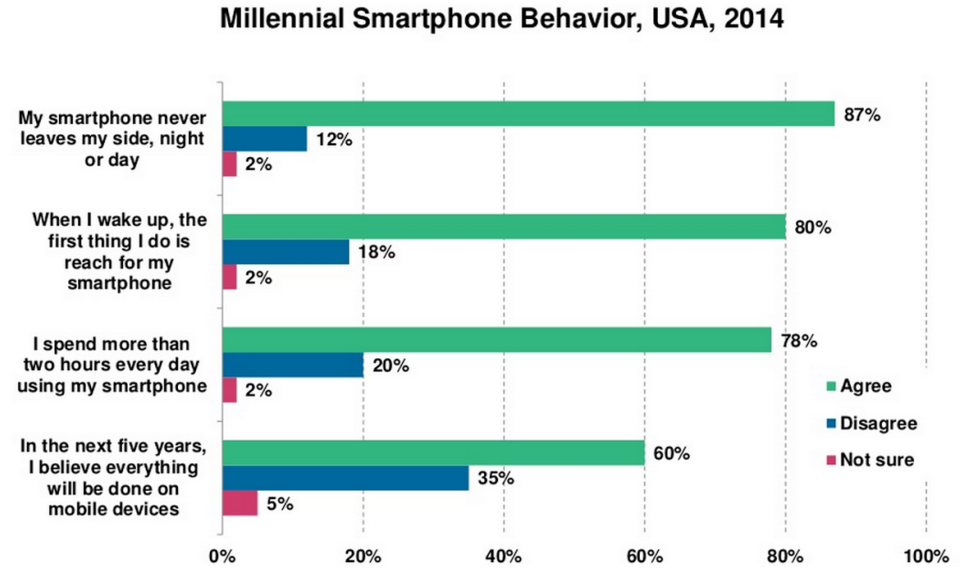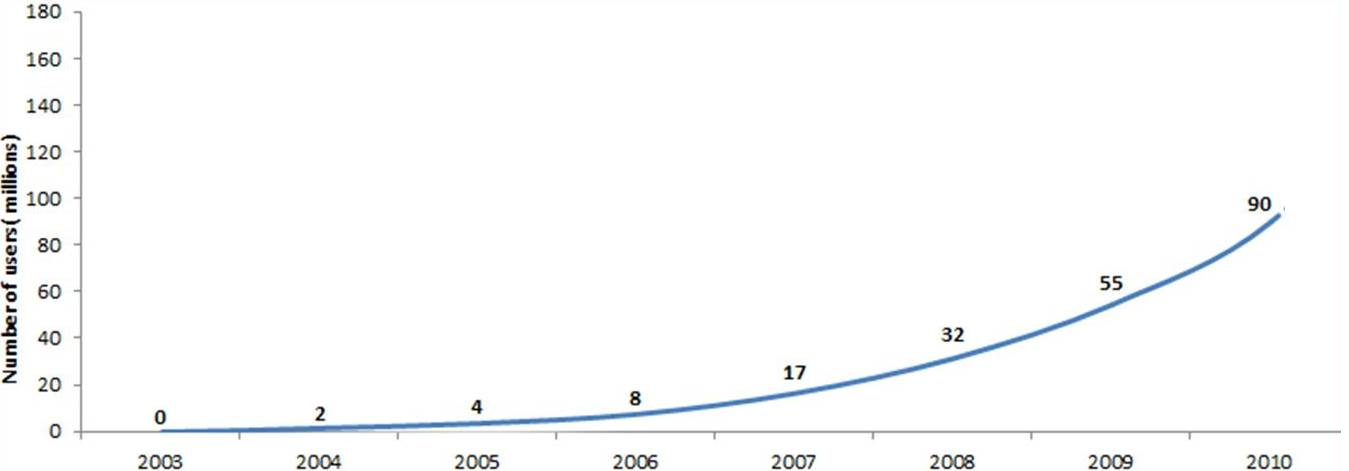Silicon Valley loves talking about the next big trend and how it impacts the world, so it should come as no surprise that the convergence of SaaS and Consumer technologies (or “Consumerization of the Enterpriseâ€) has been on the radar for a while now.
But there are less discussions about what it takes to win in the “new age†of SaaS companies, nor about the shift in mindset and skillset that startup investors and founders have to undergo to succeed.
To be successful in the “new age†of SaaS Founders and early employees need to have a mix of SaaS and Consumer DNA. Vertical Market Networks, B2B2C companies, and software solutions serving Small and Medium Sized businesses (SMBs), are scaling quickly because of consumer-like characteristics.
Vertical Market Network (read more here) are scaling faster than ever because they are creating virality among businesses. Honeybook (which dubbed the concept of Vertical Market Networks) connects SMBs in the event space, bringing together wedding planners, photographers, and florists, among others, to serve a customer for their project. One service provider usually takes the initiative and starts inviting others, virally growing the reach of the platform. A virtuous cycle begins, similarly to what you would expect in a Social Network, but in this case a business professional network.
B2B2C companies are not a new thing. In the past B2B2C companies were mainly focused on their primary customer – businesses. If businesses were happy the company was successful. But what has been an fairly easy task is becoming harder and harder. Feedback channels from consumer to businesses are prolific and effective and low quality B2B2C products instantly reflect poorly on the brand. Gone are the days where you can have a crappy mobile app and get away with it.
The quality bar required to meet consumer demands, especially in Mobile and IoT, is ridiculously high. Millions of apps flood the app stores and tech startups are going after any connected appliance you could put in your home. Consumer expectations are insanely high and users have little patience for error or quality issues. Everything needs to have a premium feel. If on the web the cost of an error would result in 1x consumer confidence loss, an error on mobile would lead to 10x loss. Even consumer companies have a hard time doing mobile right. One great quote from Facebook: “When Facebook made the move to mobile, it had to ditch its “break a few eggs to make an omelette†mentality, a big change in the company’s core values.†(read more about it here)â€. For B2B2C companies to succeed they have to put both the Business and the End-user first. Almost mission impossible.
Last but not least, Businesses themselves are changing rapidly. The United States labor market has been undergoing a substantial shift toward small-scale entrepreneurship. The number of proprietors – owners of businesses – who are not wage and salary employees, has skyrocketed.
Building solutions for SMBs isn’t significantly different than building products for consumers, and requires a shift in focus. The line between work and personal is blurring away, and business users have no patience for systems that don’t meet their demands as a user. Companies serving Small Businesses need Product Development professionals who understand how to build products that have world class User Experience and breathtaking design. Economies of scale is key and Product Growth professional help solutions scale as fast as it takes to serve an online ad.
One example of a company that nailed it is MileIQ. MileIQ publishes a Mobile App that automatically logs all rides and lets you easily deduct or expense miles with total peace of mind. Most of their users are sole proprietors or professionals using MileIQ for businesses. However, the company has been built from the ground up with a consumer mindset. MileIQ invested early in hiring Mobile Growth specialists and being ahead of the curve in mobile acquisition. The focus enabled the company to scale the number of paying users in a very short time period.
That is why I particularly like supporting SaaS founders that have a mixed background of Consumer and Enterprise. The team should first and foremost excel in building a product businesses love and achieving success by scaling Sales and Marketing.
However, founders will stay ahead of the pack by baking “consumer-like†characteristics into their product, make it viral, a pleasure to use, and a product businesses and their users will rave about. The companies who embrace that will shape the next wave of innovation in business productivity.





